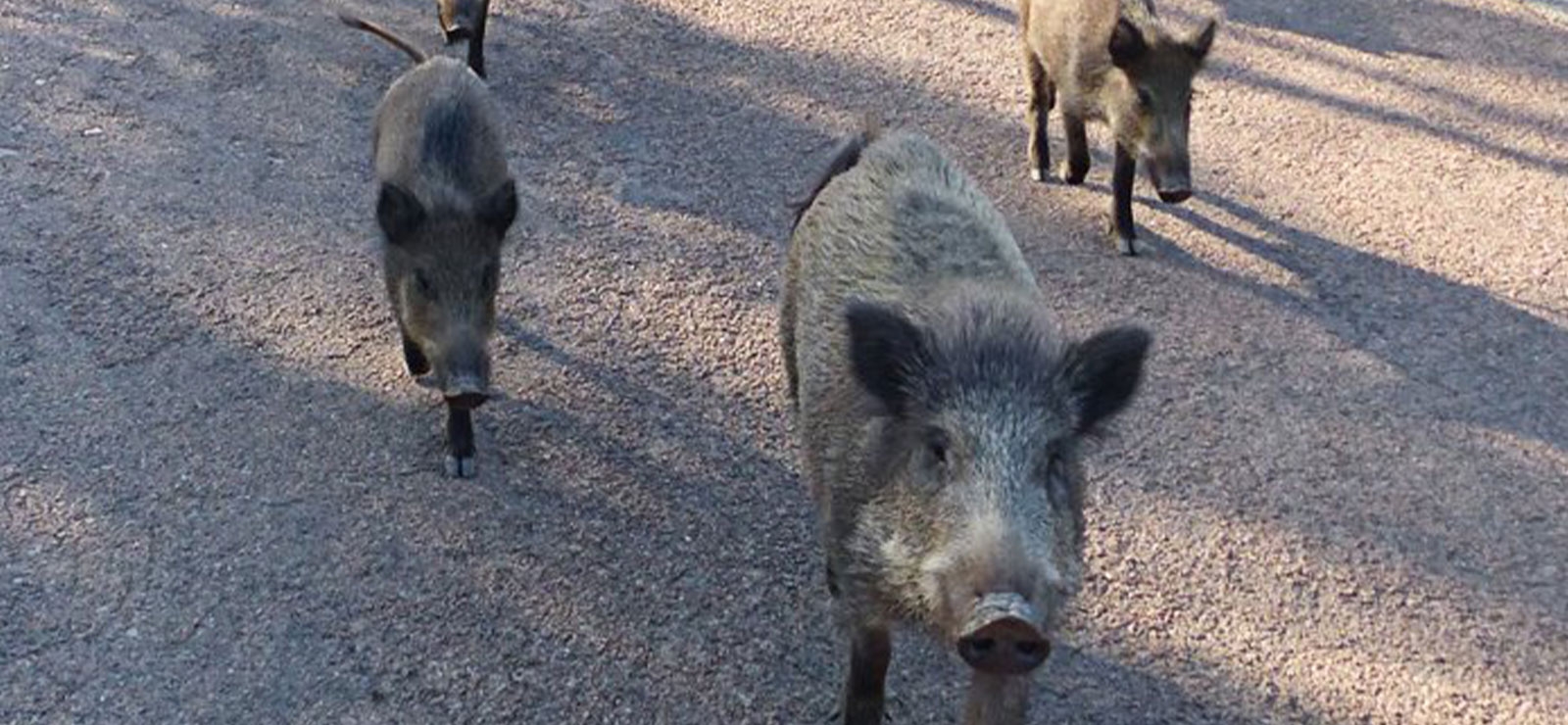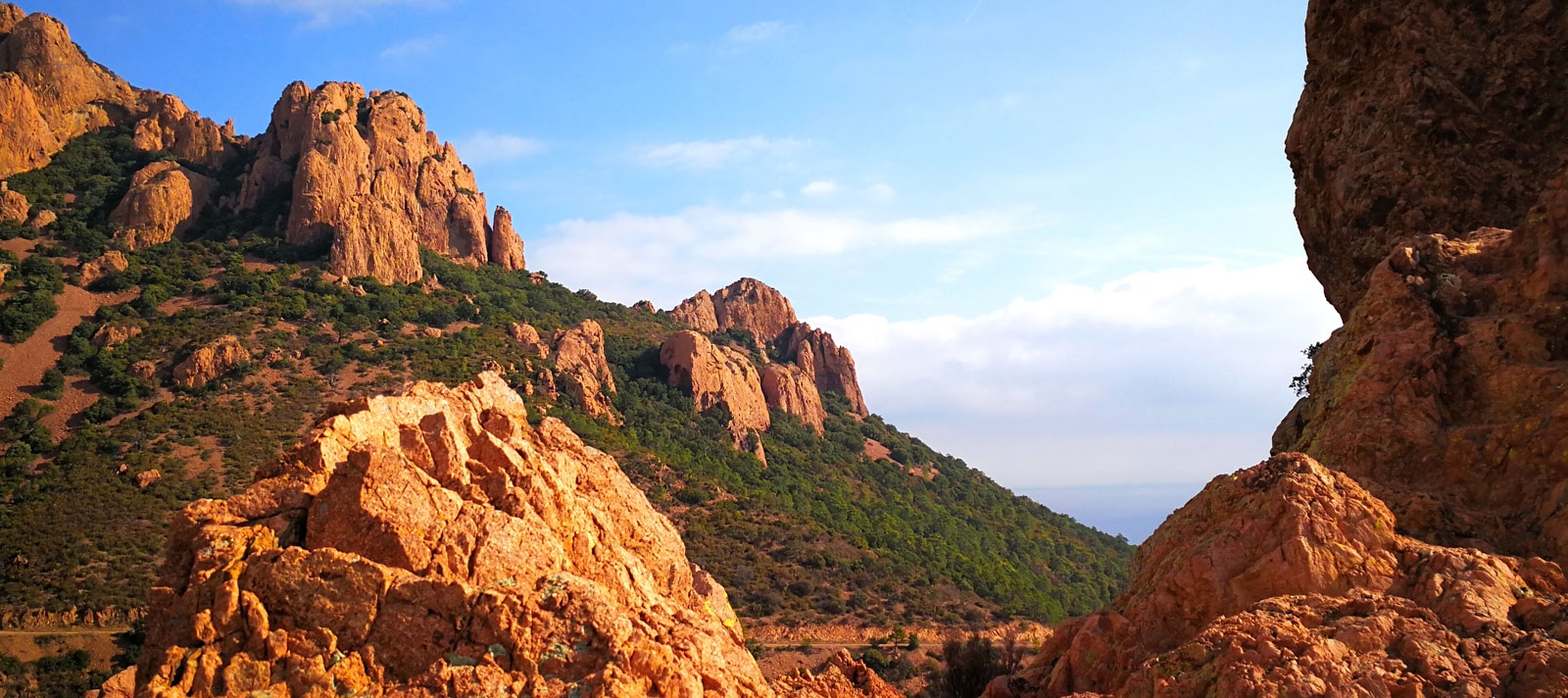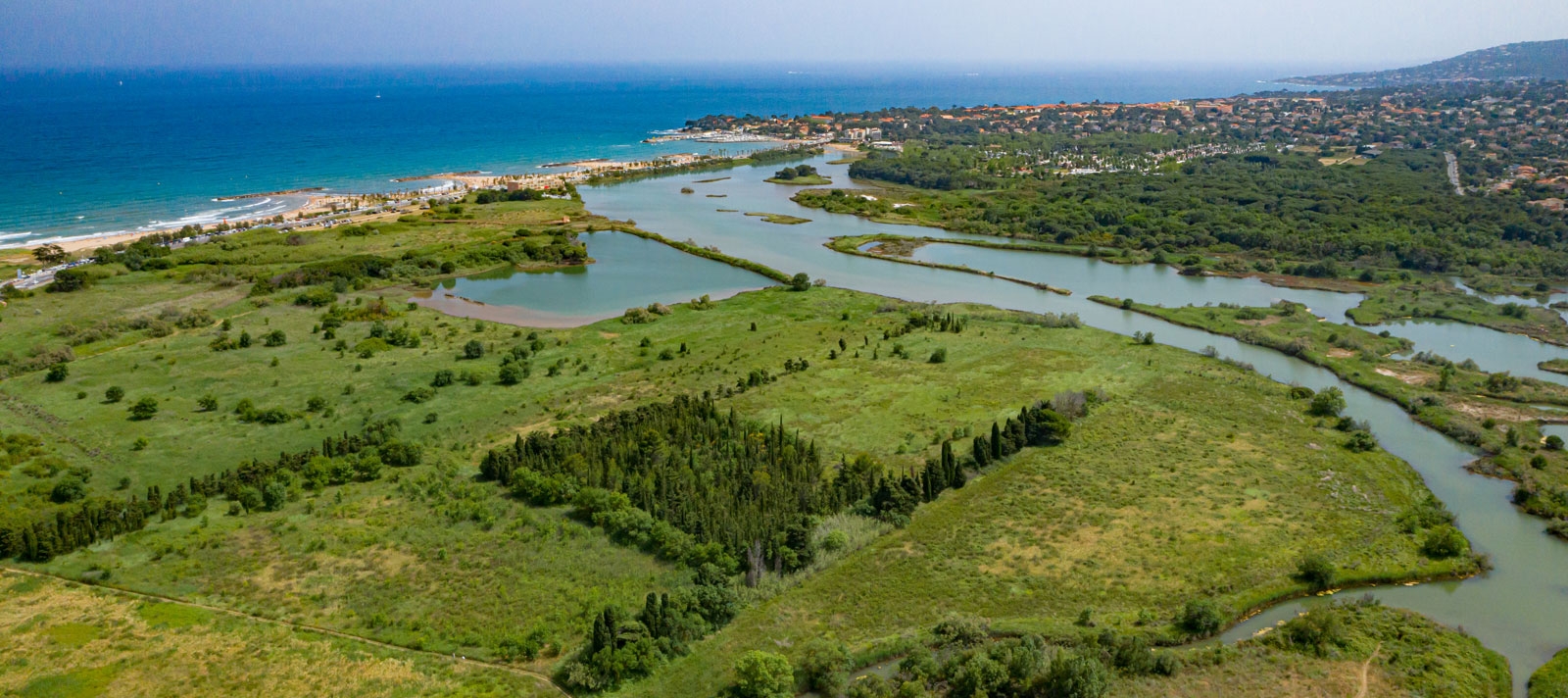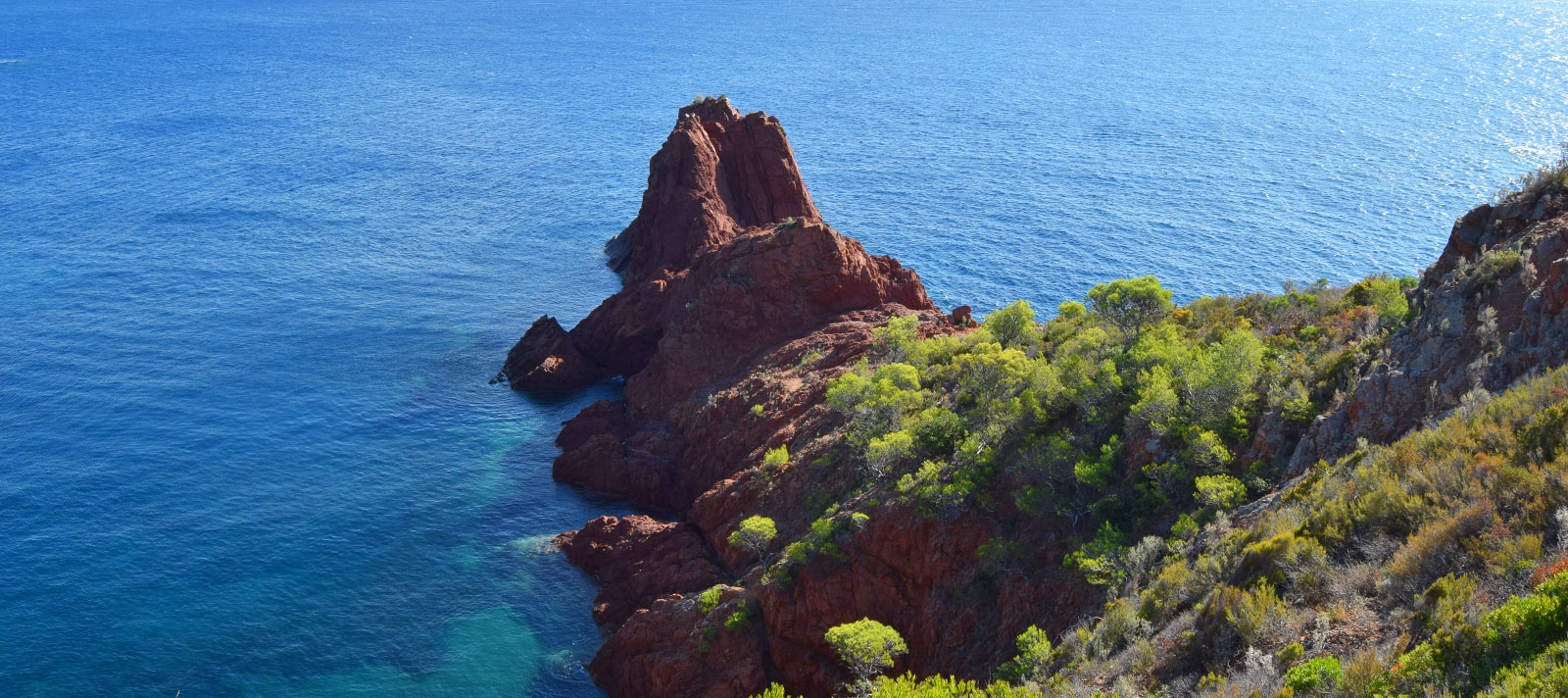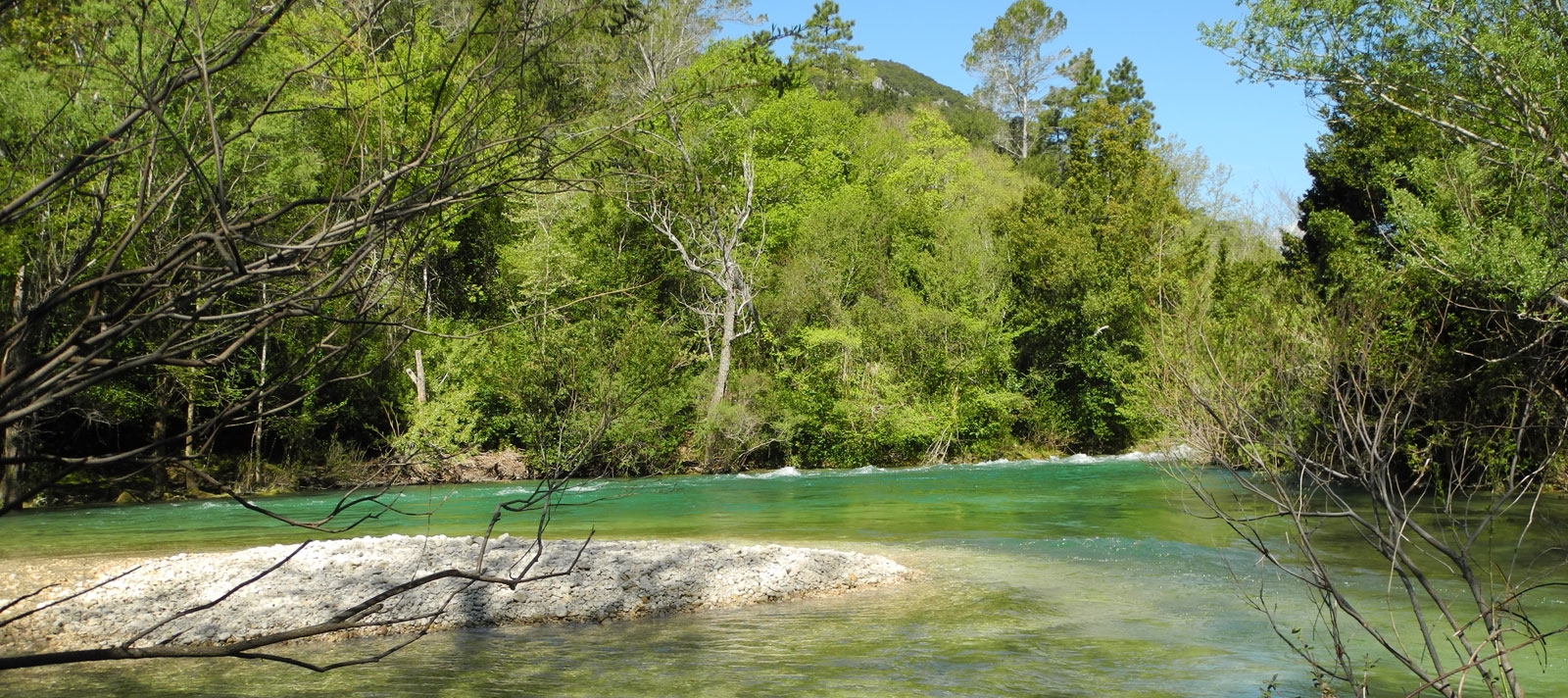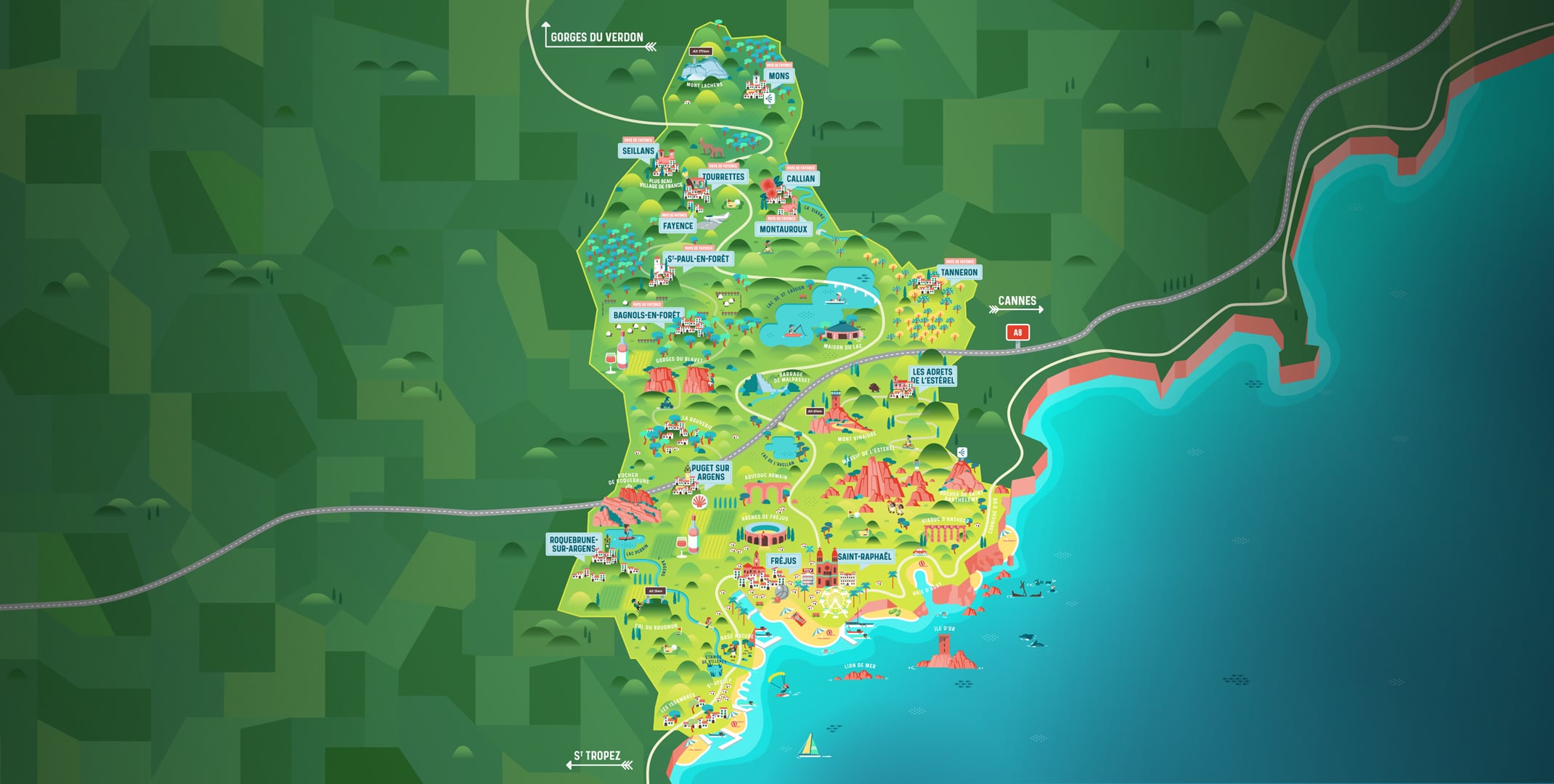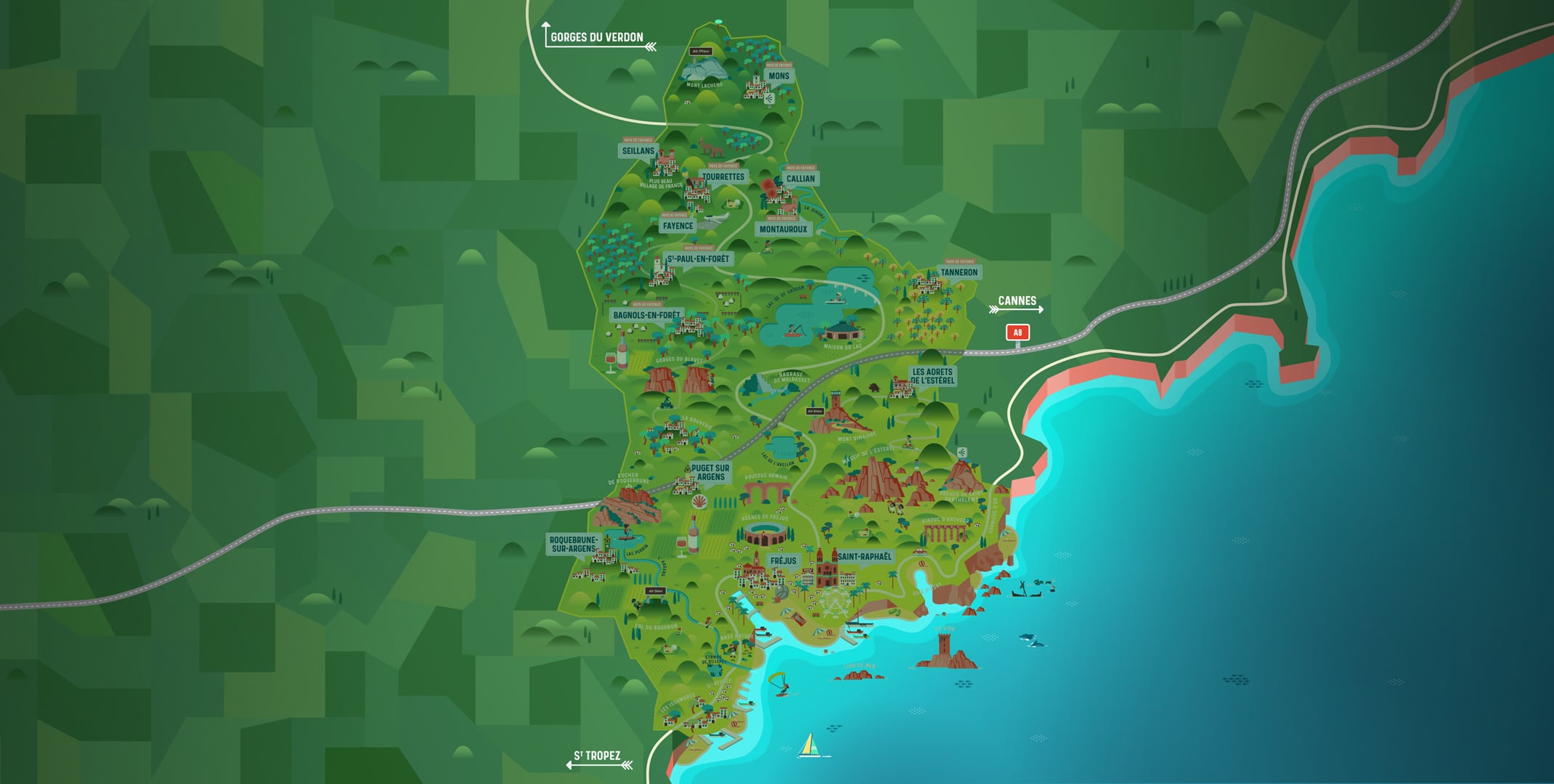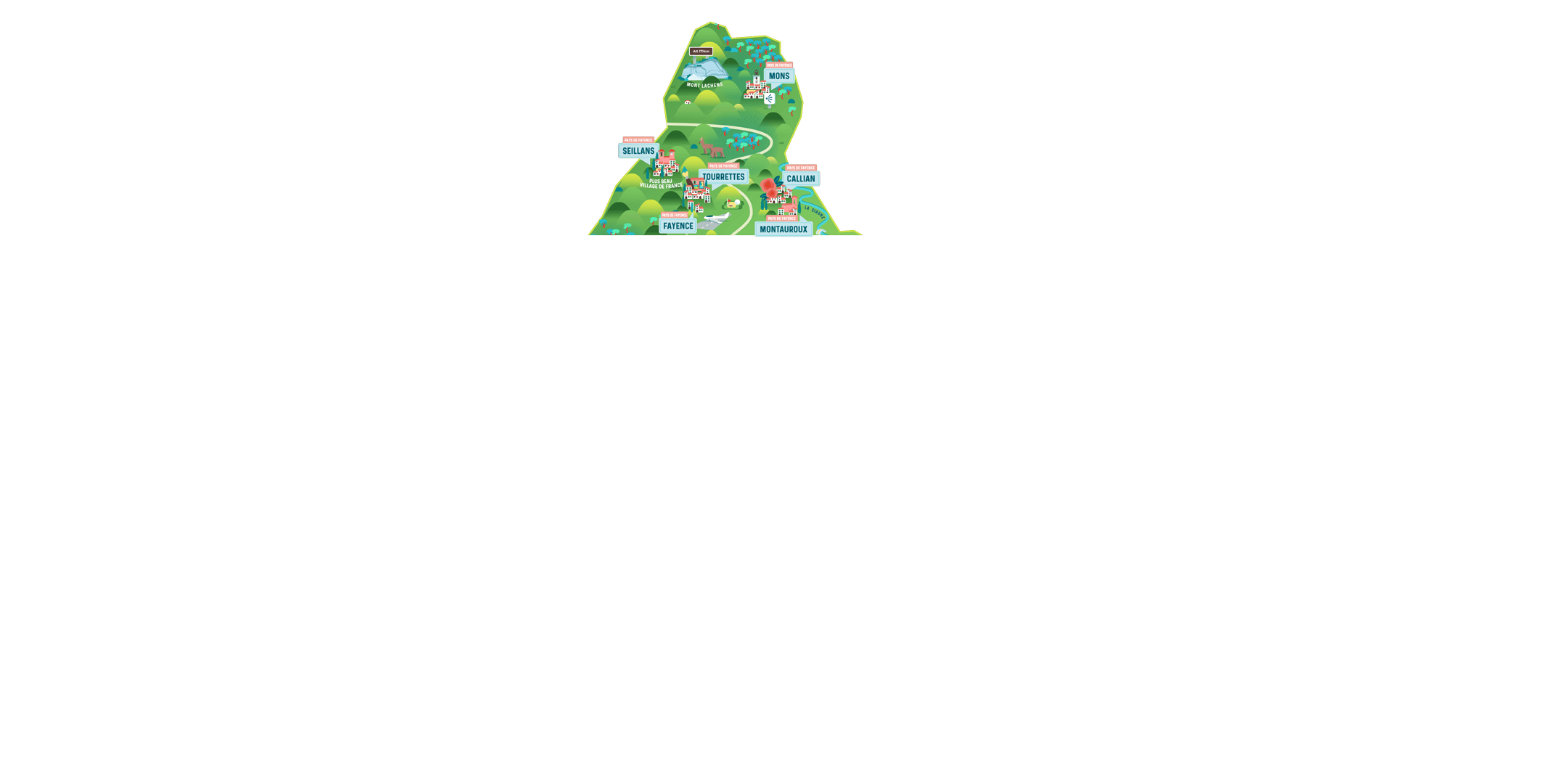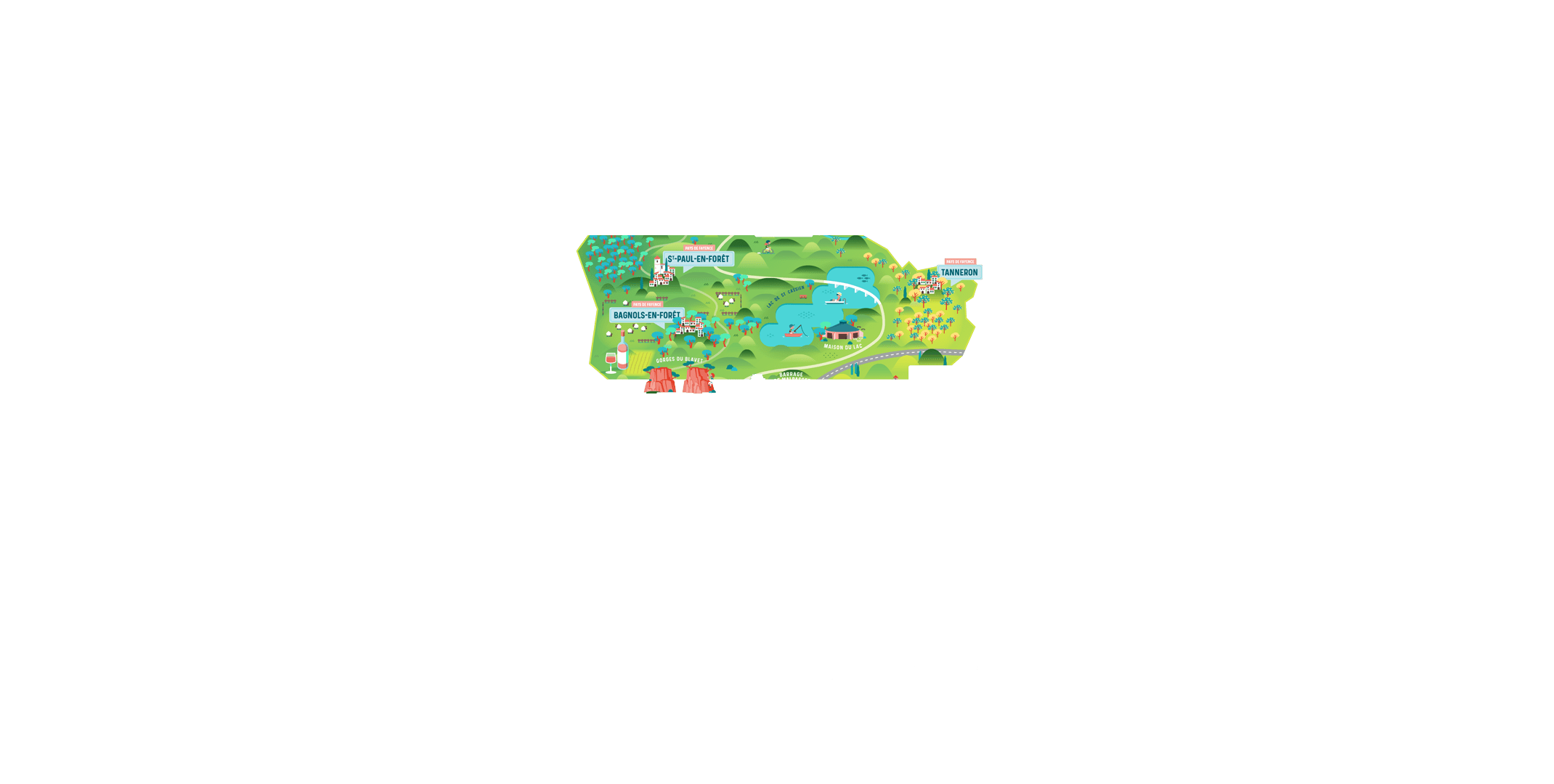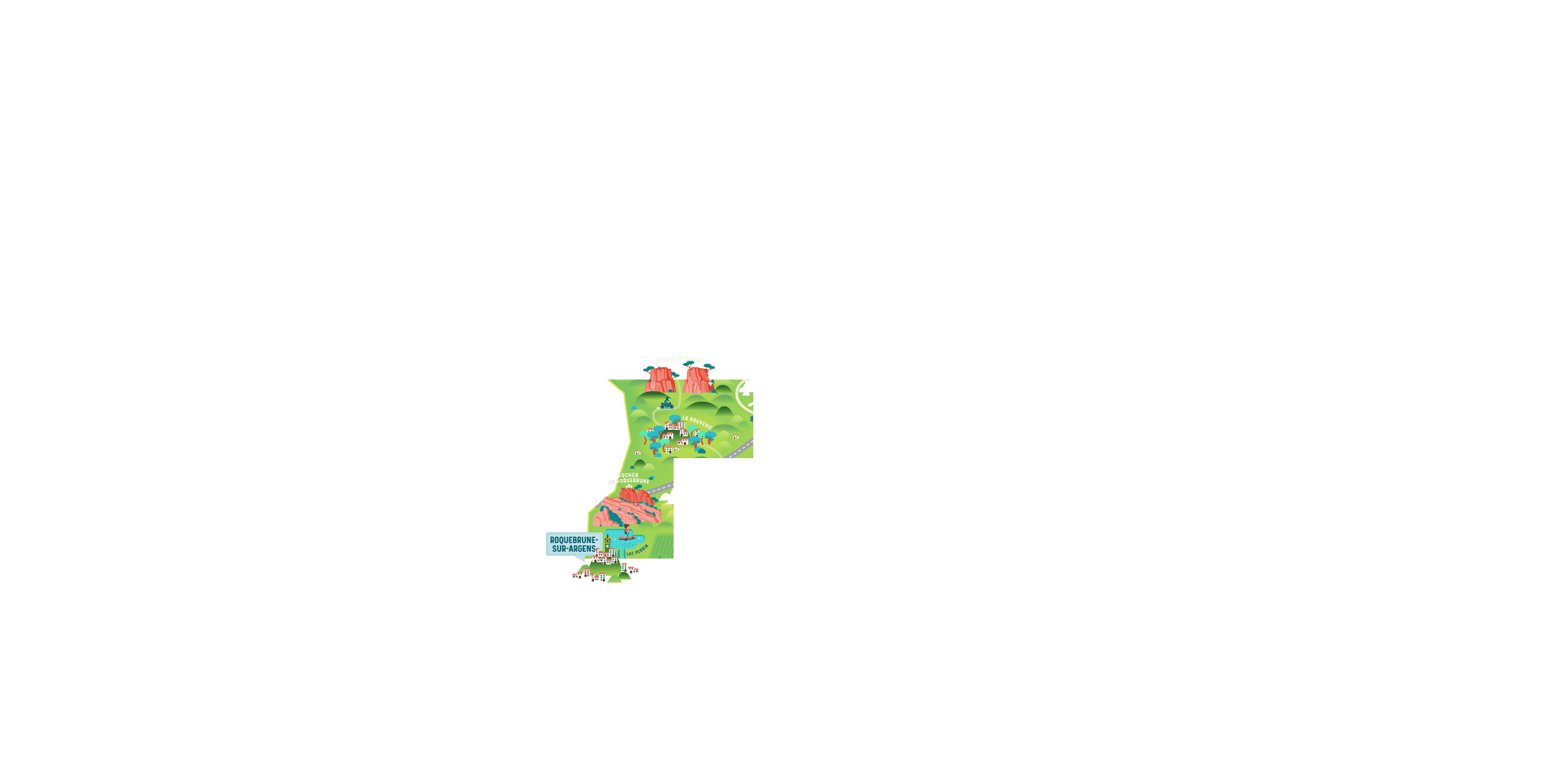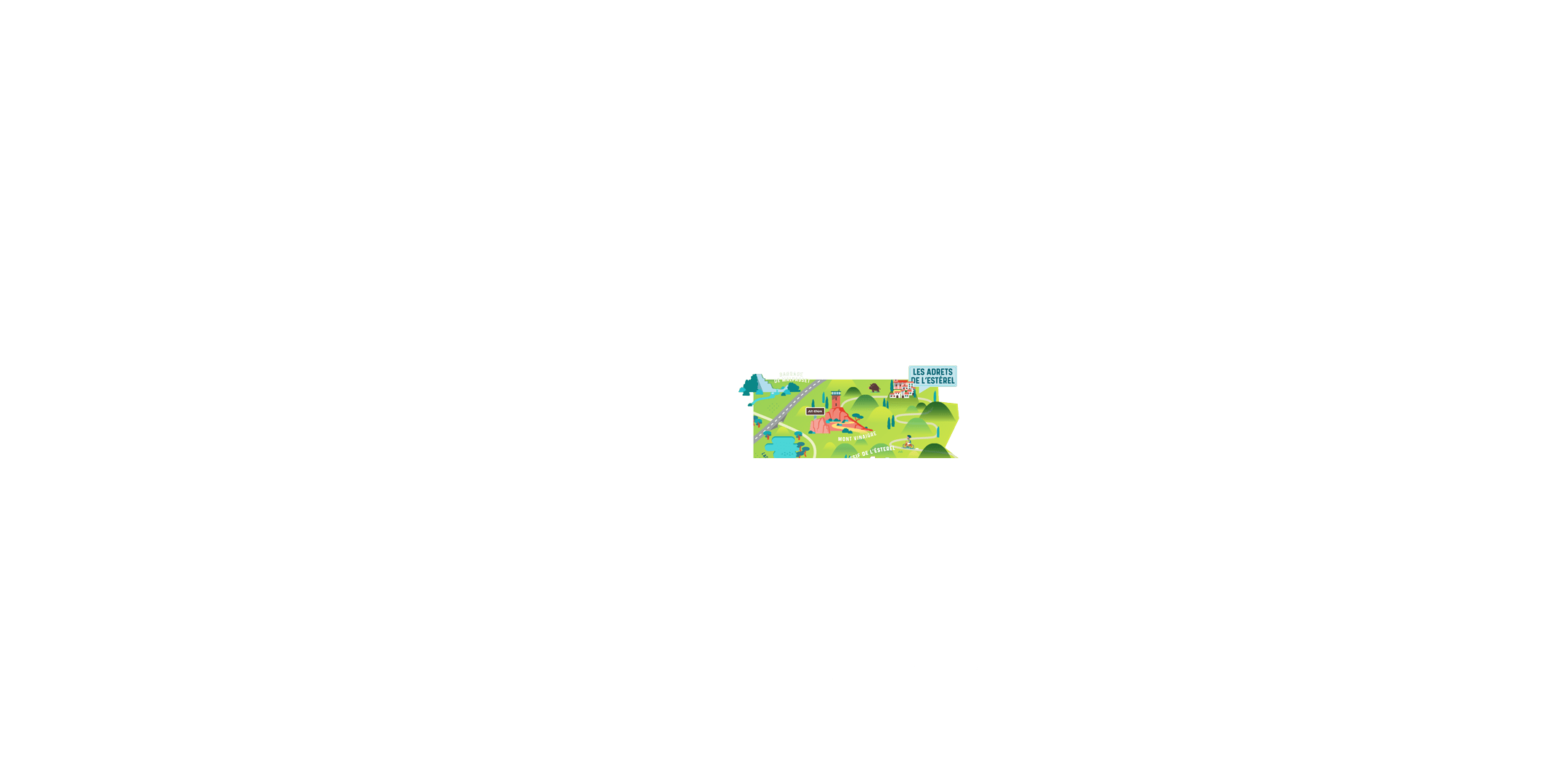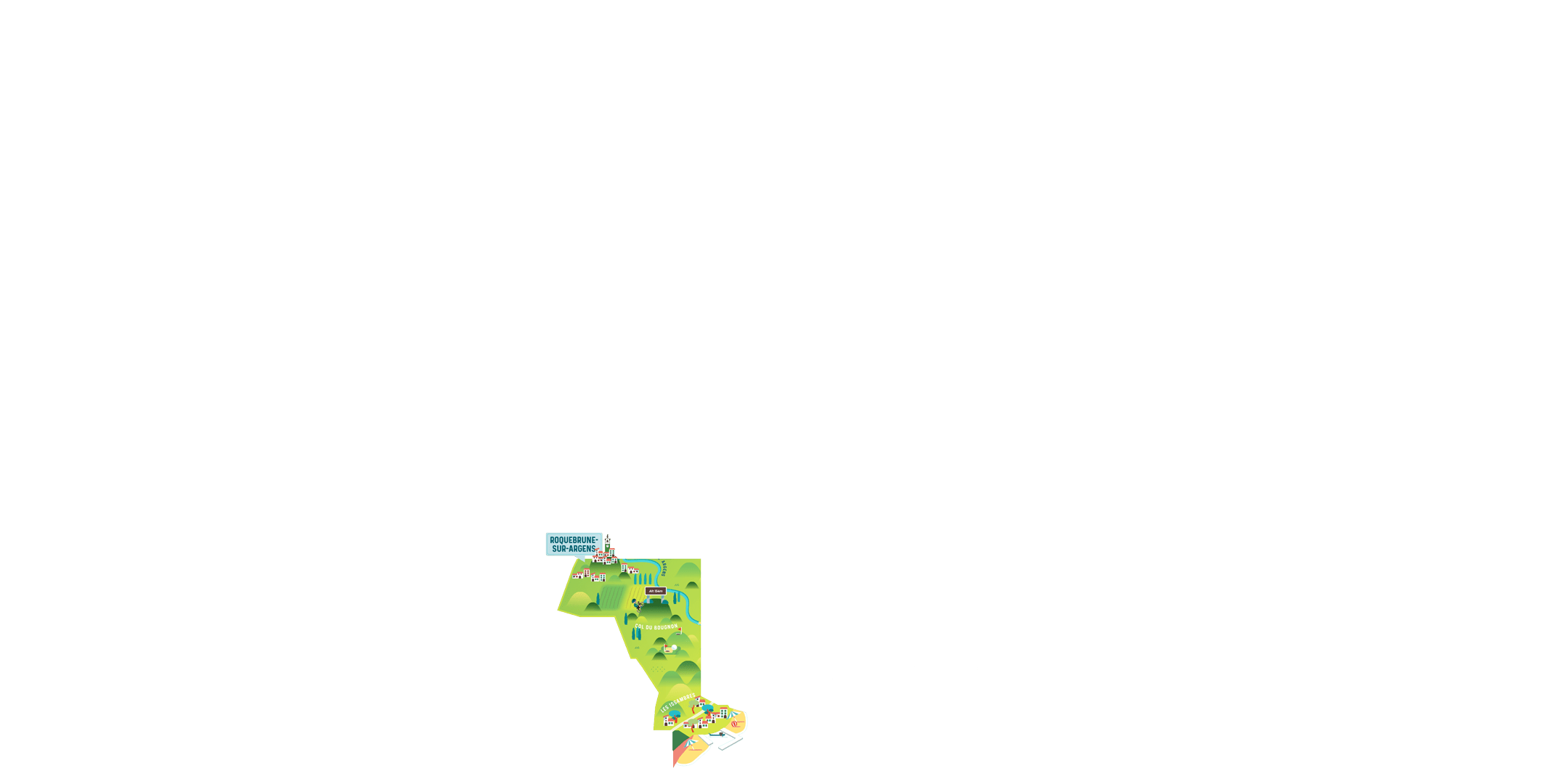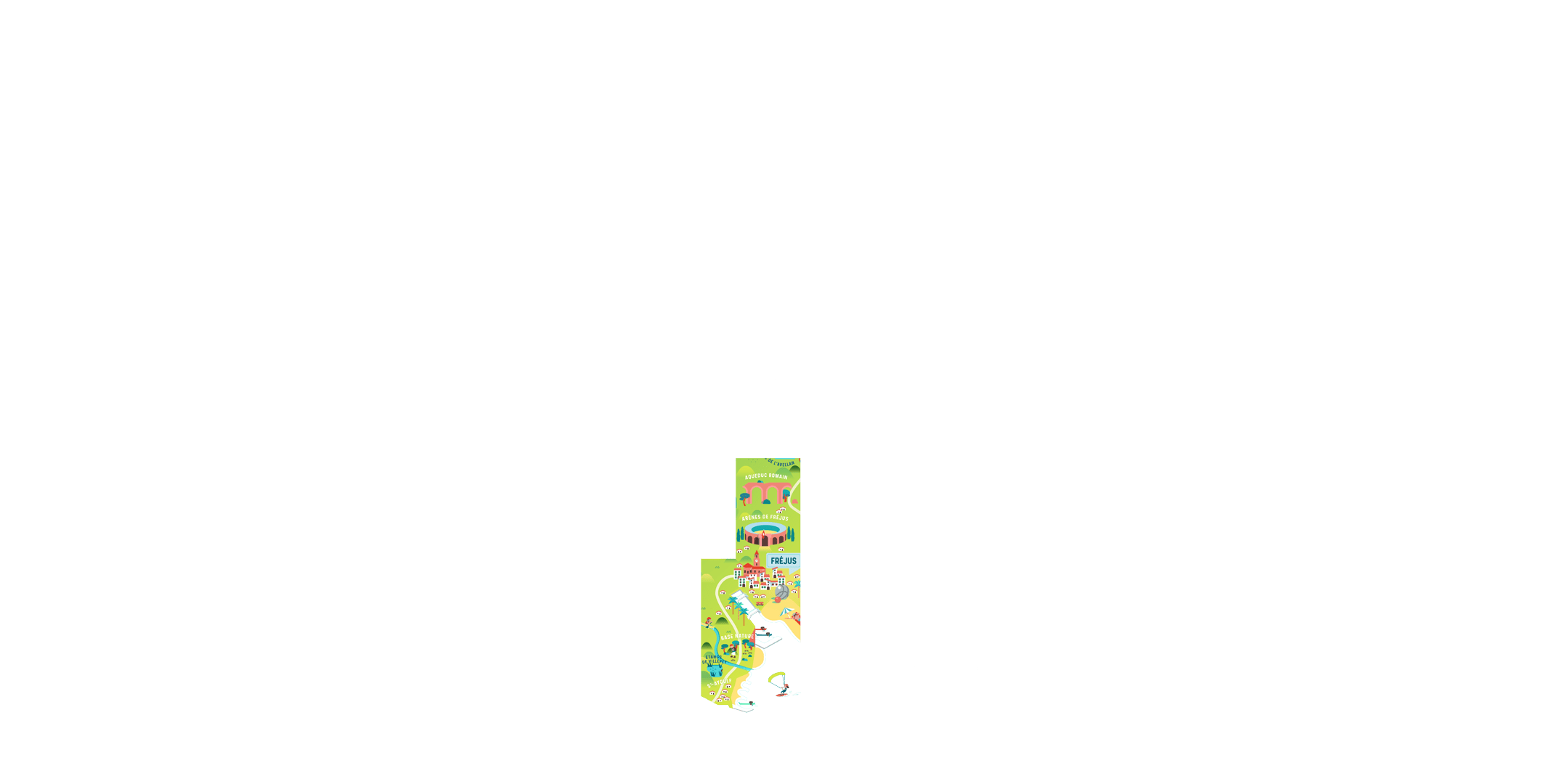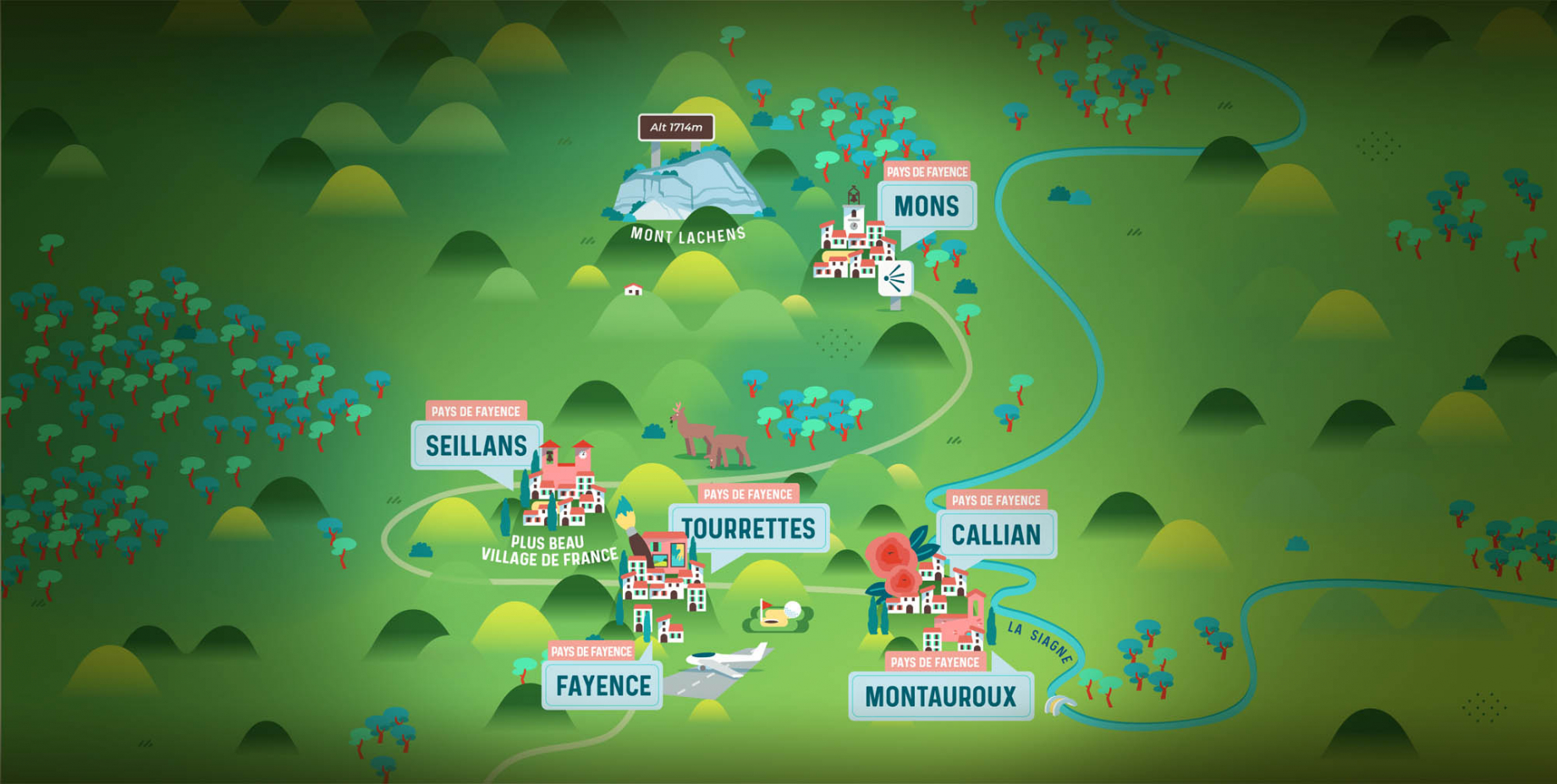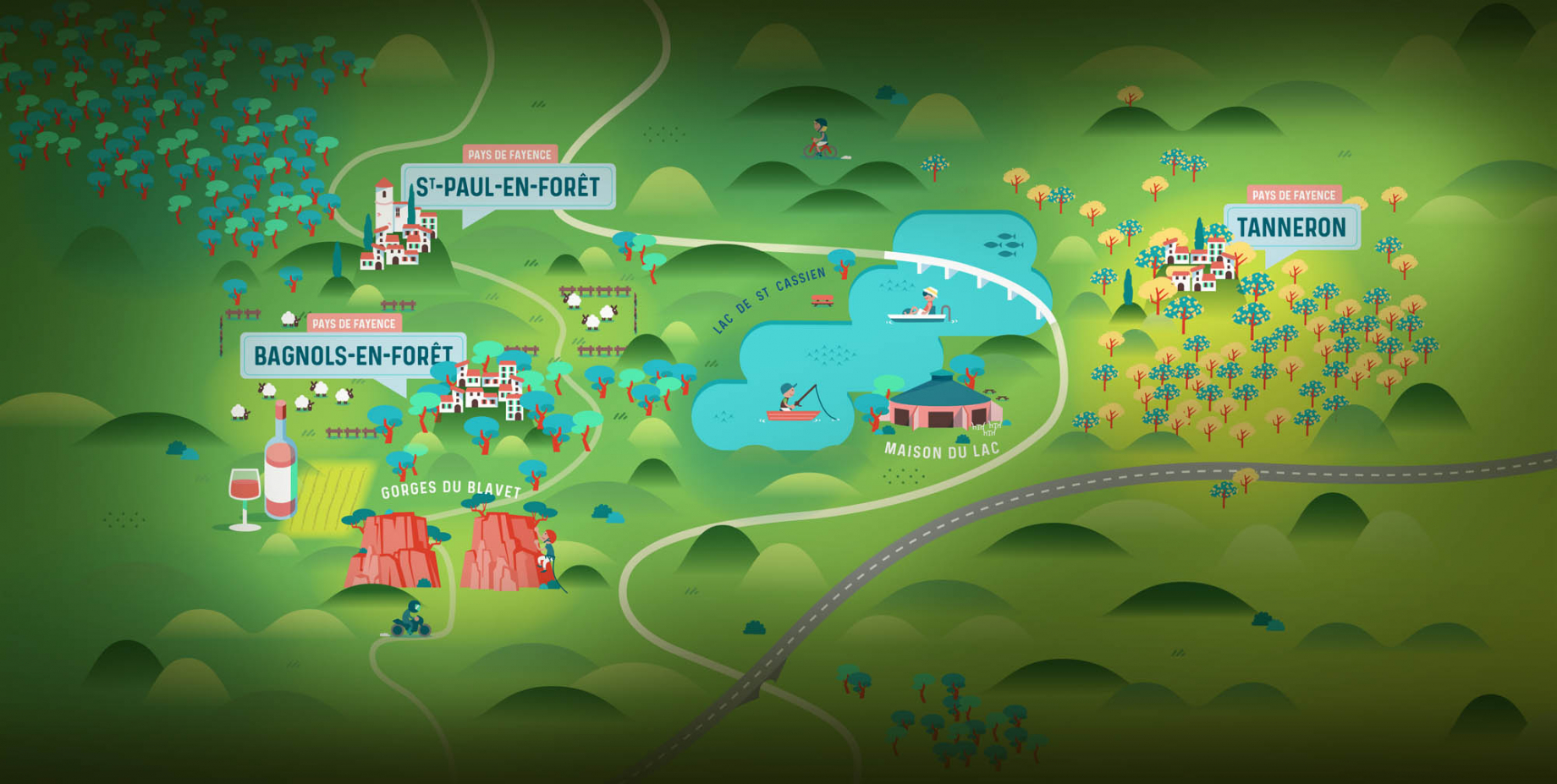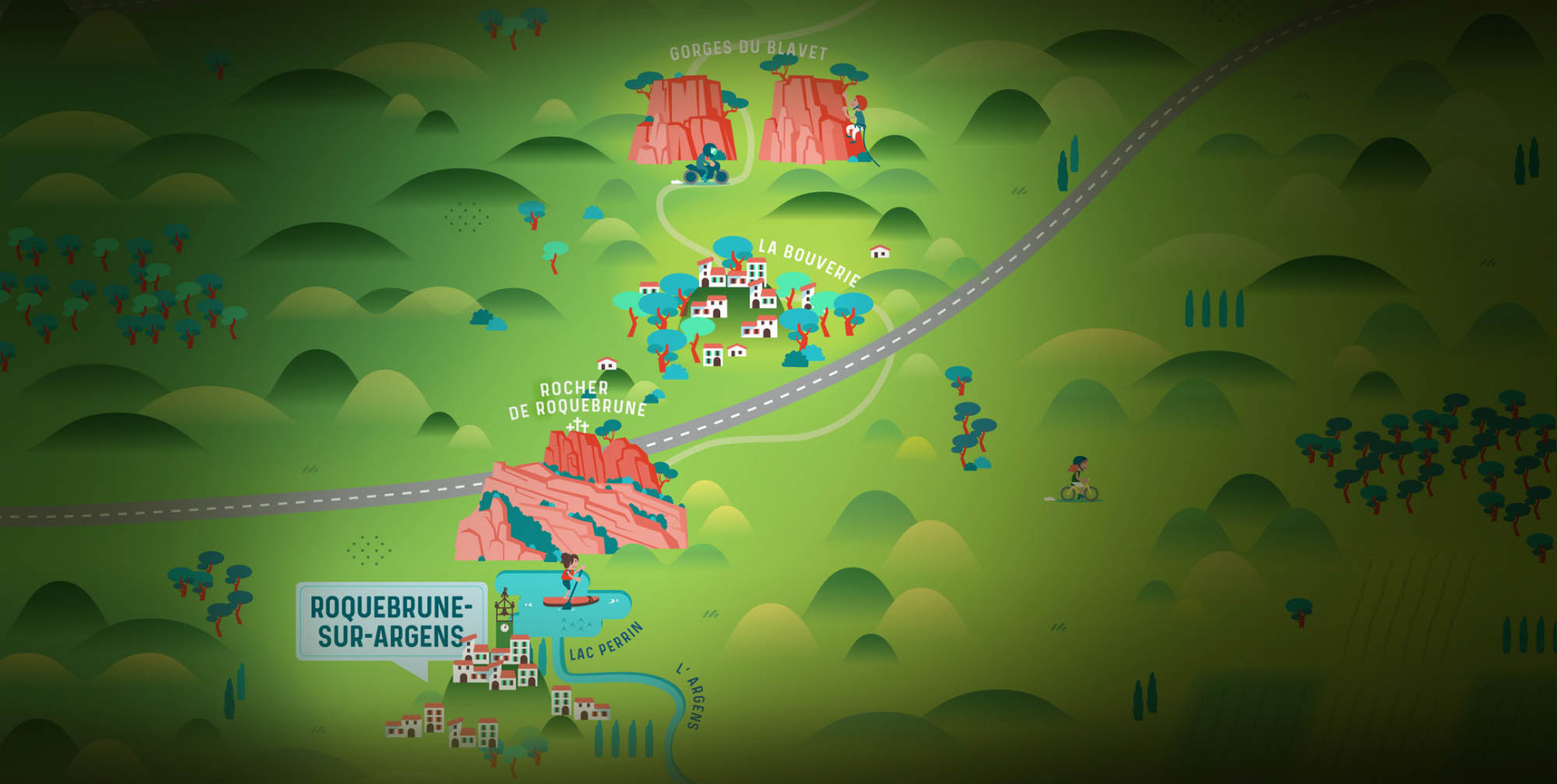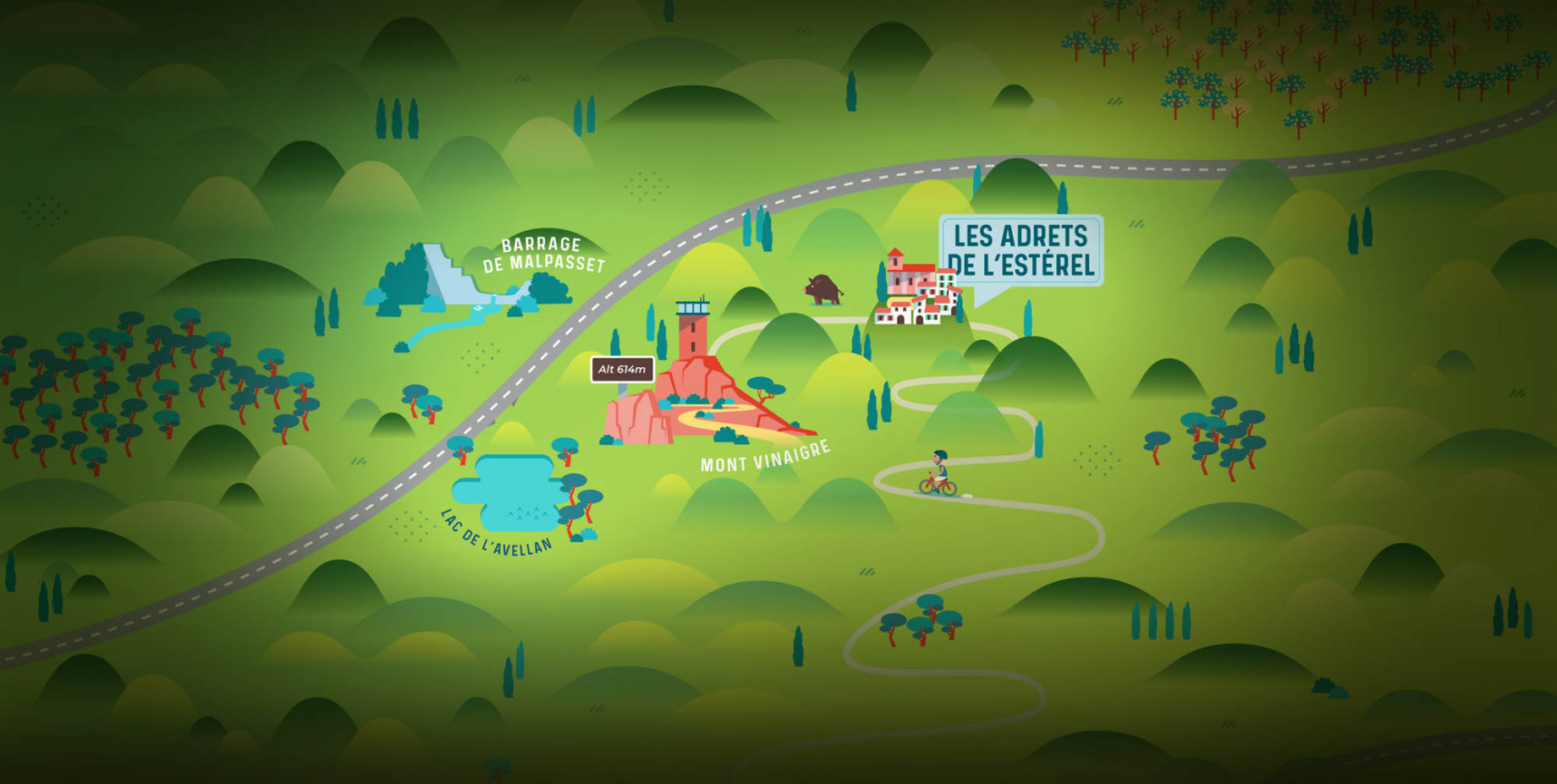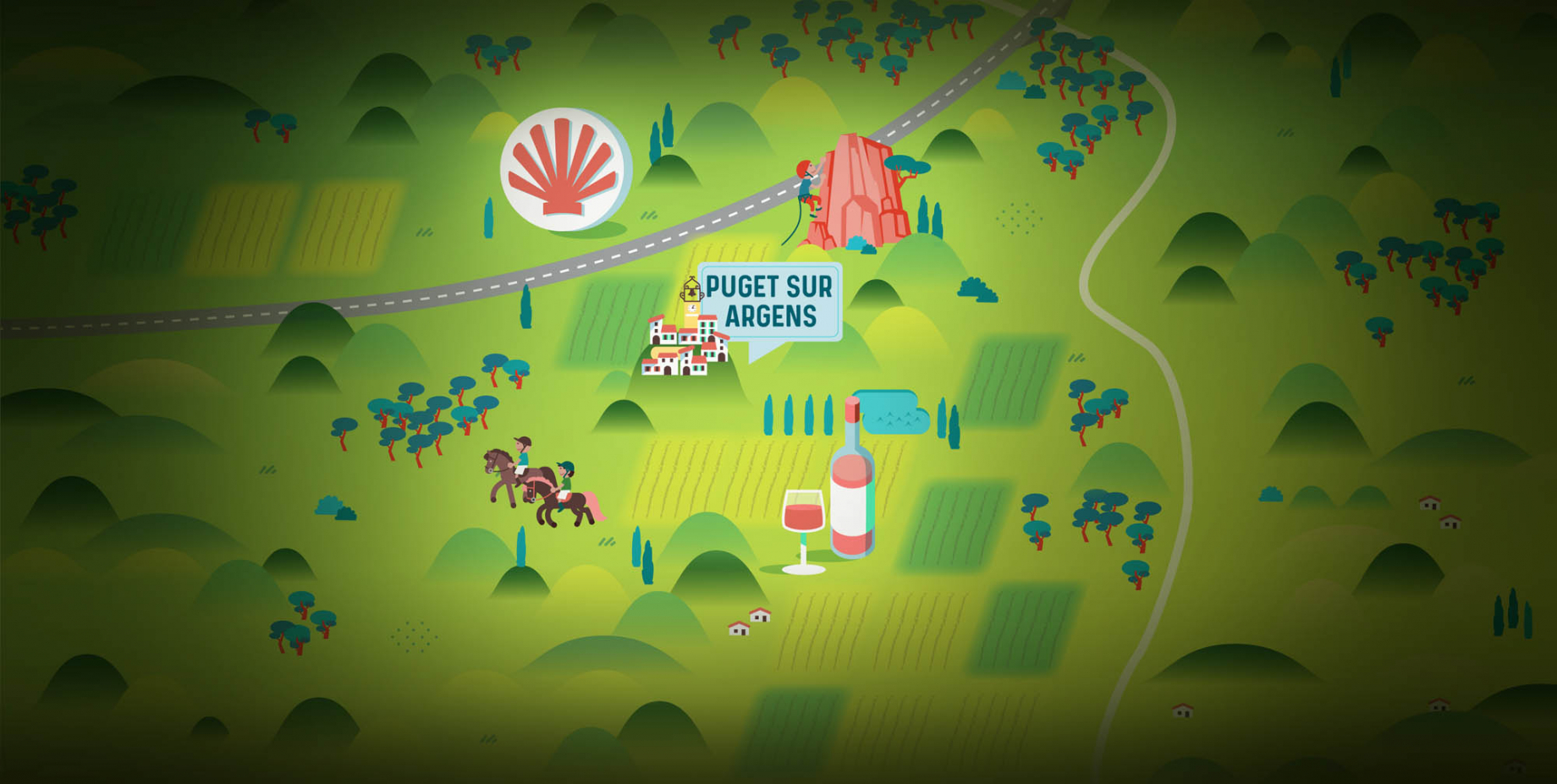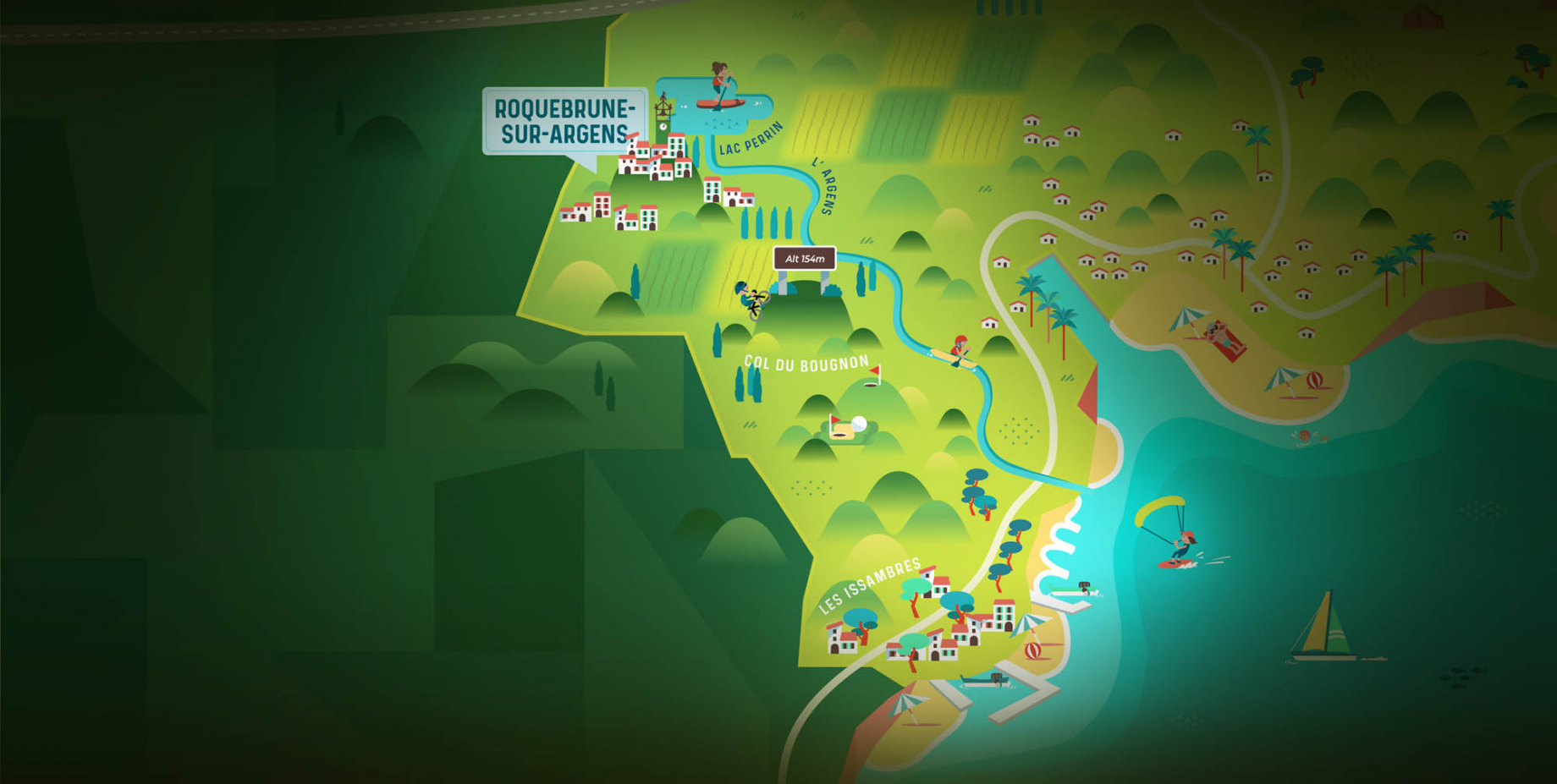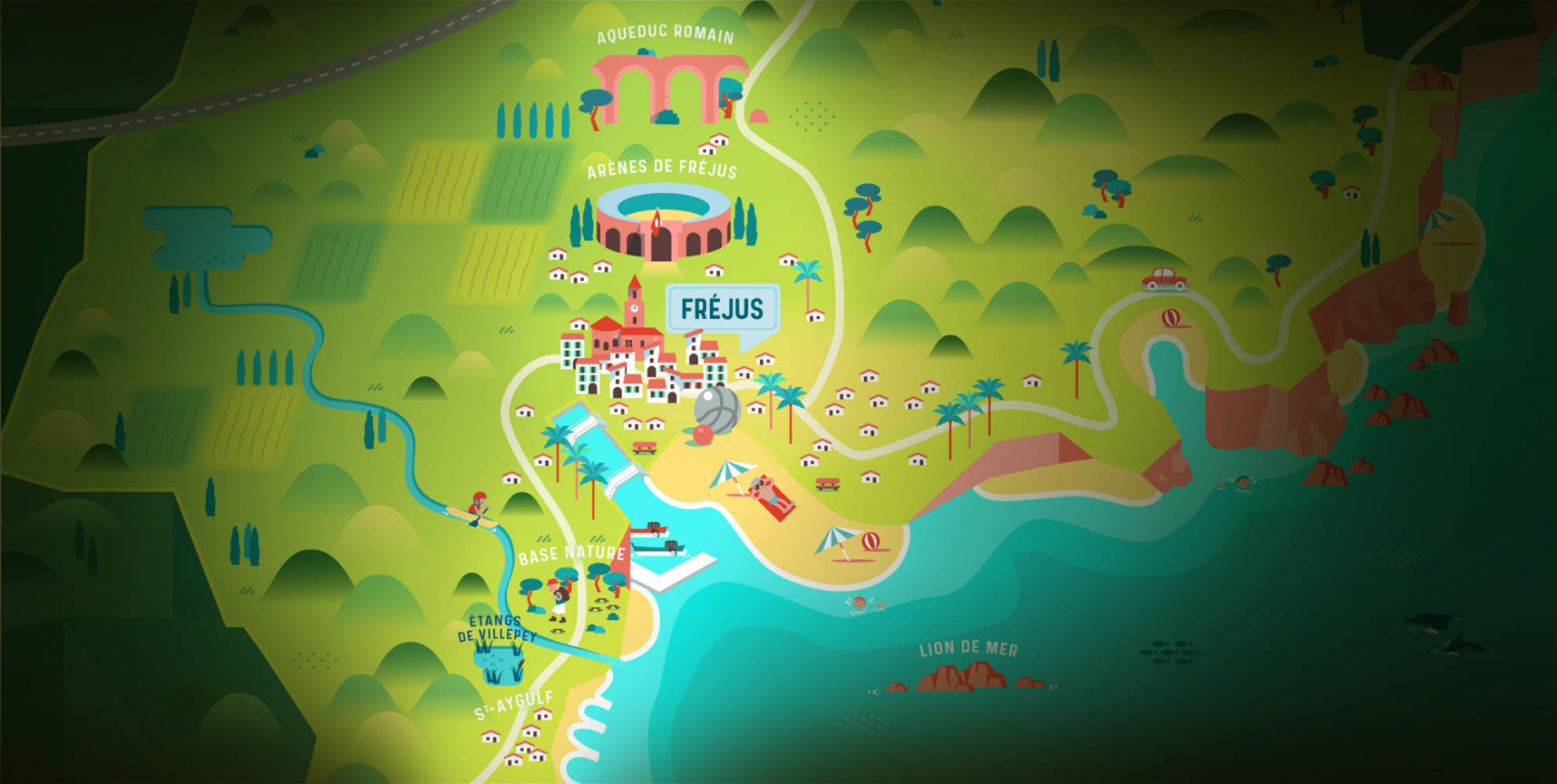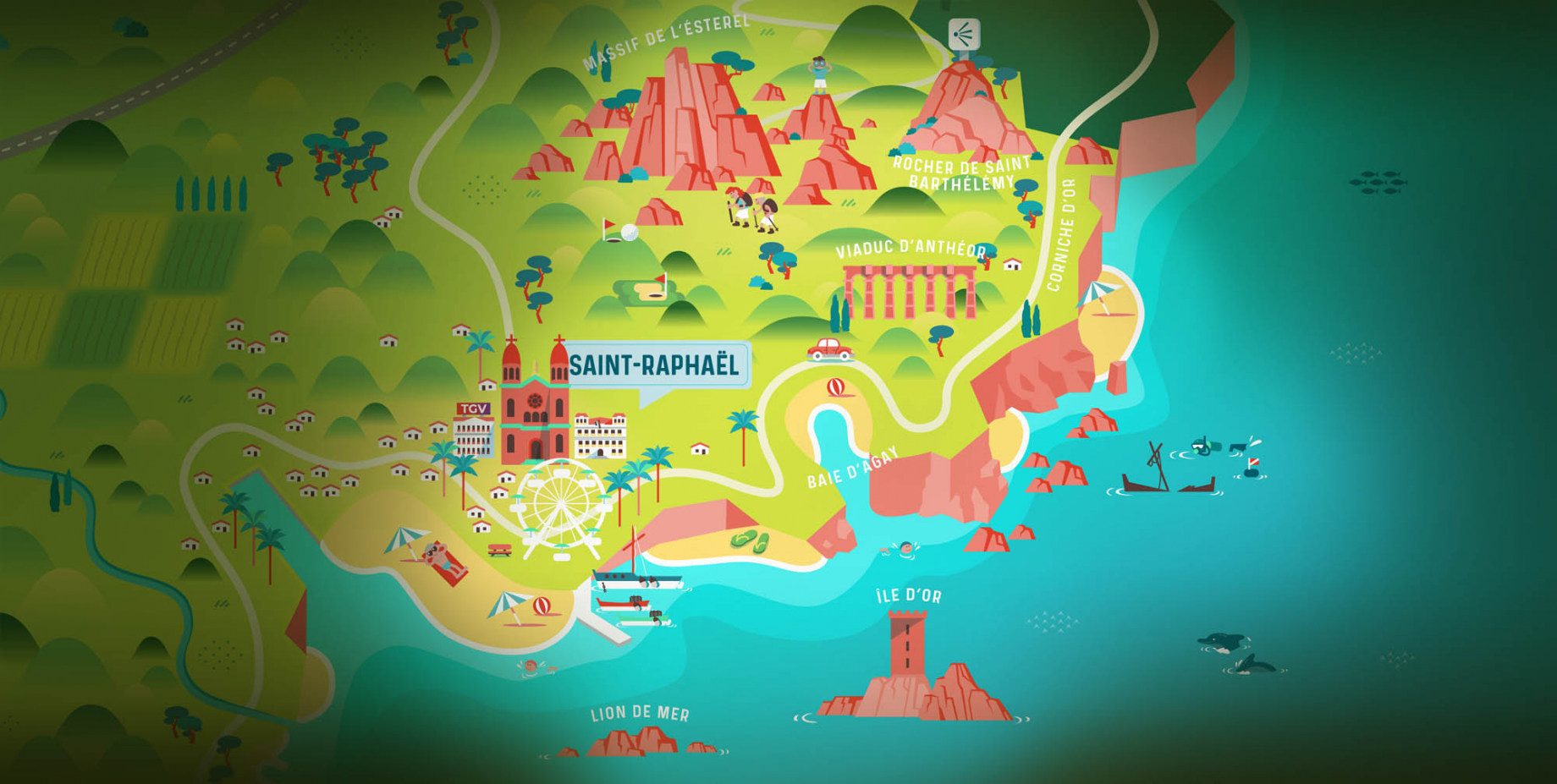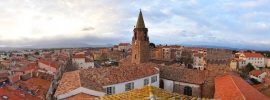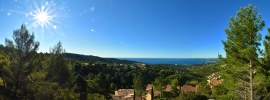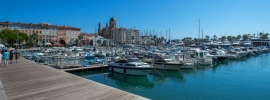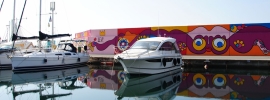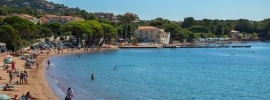A preserved destination with an important fauna
Estérel Côte d'Azur it's thousands of hectares of forests, canyons, rivers and streams. A perfect destination to host dense flora and fauna in many natural sites. Learn to recognize the animal species that lives in our destination.
WARNING : The animals that you can meet during your journey are primarily wild animals. Please note these 2 advices :
- Do not try to approach or touch them. Although normally fearful of humans, animals may feel threatened, especially if it is a mother with her babies.
- Do not feed them. Nothing that the man can bring them is really adapted to their diet and this contribute to disrupt the eco-systems.
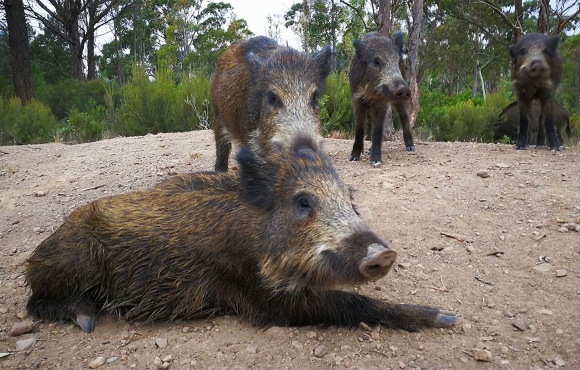
The boar
What would Esterel be without its wild boars? They are numerous to inhabit its forests. You have a good chance of meeting them during your walks in the mountains. Stay alert and do not approach them.
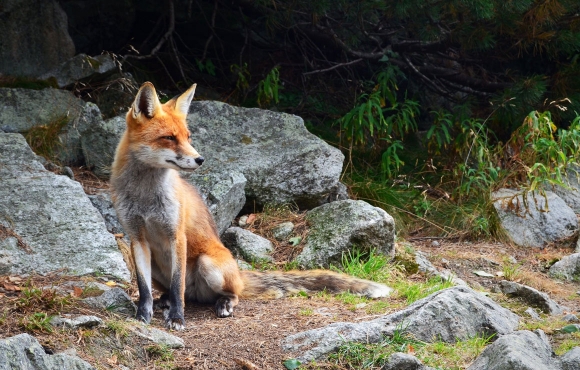
The red fox
You may have the chance to cross furtively this beautiful animal on the Estérel trails. Easily recognizable with its red coat and bushy tail, it feeds mainly on rodents and rabbits, but also insects, fish or fruits.
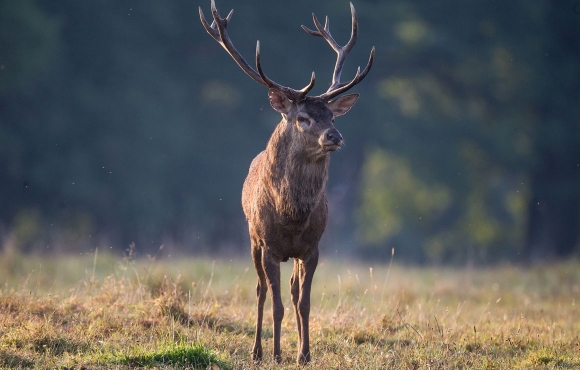
The doe and the red deer
Introduced in the destination in the 1960s in very small numbers, a few years later, a hundred deer and red deer were counted in the Estérel. Today, their exact number is unknown, but we can hear the slab of deer at certain times of the year, hinting at its presence...
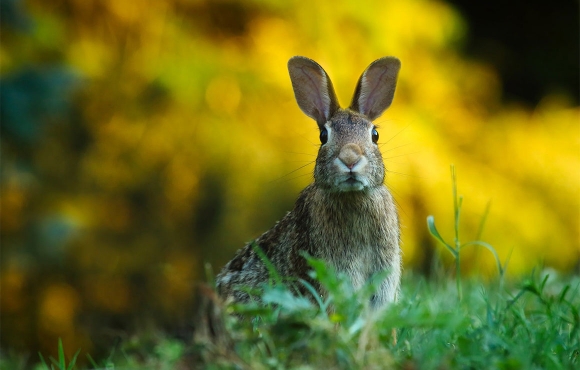
The hare and wild rabbit
Rabbits or hares, they populate the massif of Estérel ! Although they try to escape the curiosity of the walkers, you will have great luck to meet them, especially very early in the morning or late at night (drive cautiously at night, many are approaching the roads).
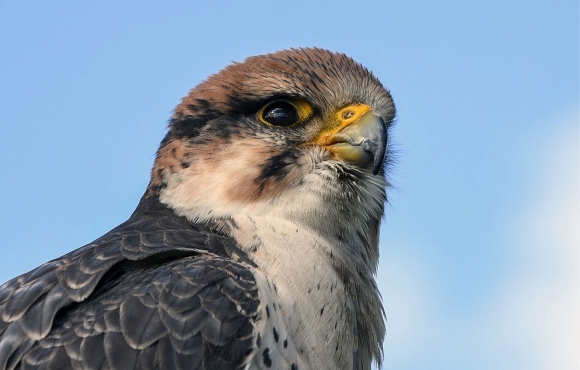
The falcon
More than 220 species of birds have been recorded at the Villepey ponds. Among them we find several species of raptors like the falcon pellerin. Recognizable by its modest and tapered corpulence, it has a metallic blue gray color striated on the dorsal part, and lighter on the ventral part. If you're lucky, you'll see him "dive" in the sky, a sign of an attack in mid-flight on one of his prey (small and medium-sized birds).
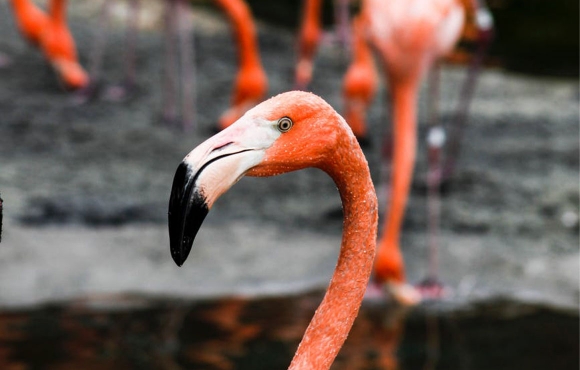
The pink flamingo
Yes ! You might be lucky enough to see them perched on their big pink paws at the Villepey's ponds. Step of their migration, flamingos flies there during the winter season, from October to February / April.
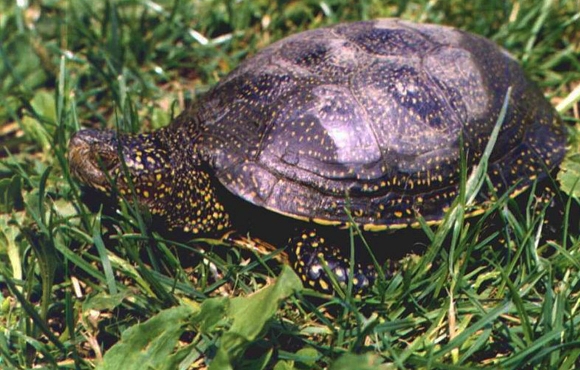
The european turtle
The European Turtle is an aquatic turtle and is one of the most endangered species in Europe! It is the subject of a National Action Plan (NAP) in France and is classified under the "Natura 2000" plan. How to act to respect this species? Do not take a turtle out of the wild, species bred in captivity should not be released and of course, do not leave any waste trapped in the wild.
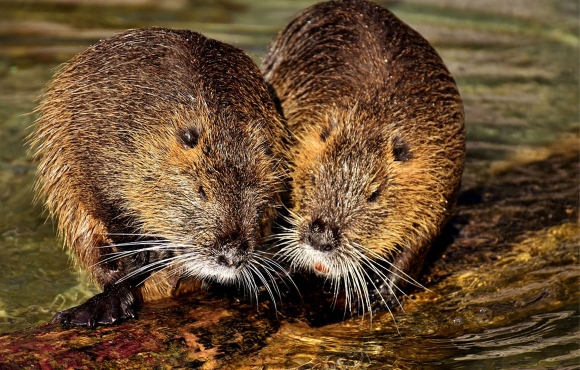
The coypu/nutria
Here is one of the largest rodents in the world ... It is recognizable by its four large orange incisors that allows it to feed mainly on aquatic plants, grass roots and bark. Mamifère rather nocturnal, your greatest chances of observing it are at dusk near the small stream of water in which it evolves.
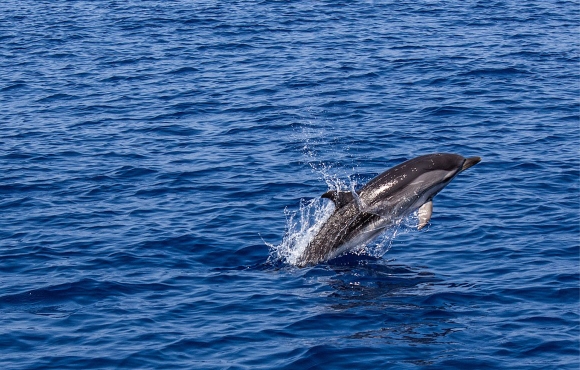
The dolphin
In the Sanctuary it is mainly in summer, off the Mediterranean coast, that you will have the chance to observe dolphins.
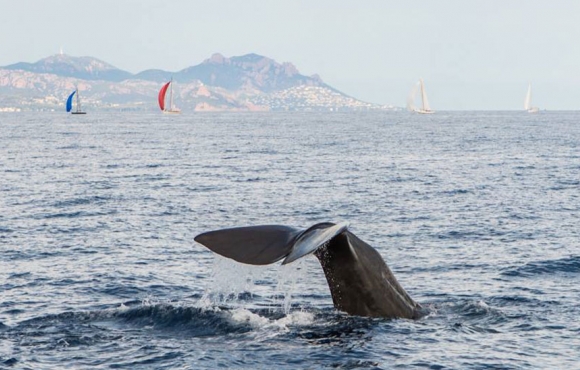
The whale
It is not necessary to go to the other end of the planet to observe these great marine mammals! Although it is difficult to see, it is not uncommon to cross off one of them along the coast!
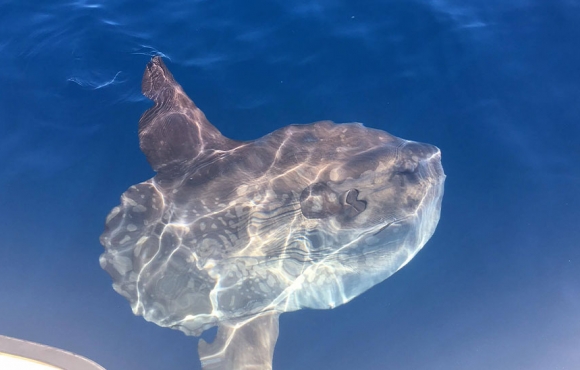
The moon fish
The moon fish or "mole" can measure up to 3 meters and weigh more than a ton! Impressive ... It is in full expansion on the French Mediterranean and Atlantic coast.
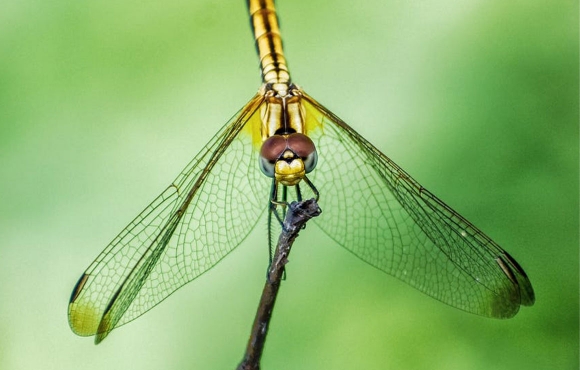
The dragonfly
The dragonfly lives at the edge of ponds and rivers. His flight is silent and very fast. its presence is precious since it is a predator of mosquitoes. It is in spring and summer that you will have the best chance of seeing dragonflies on the shores of the Siagne.
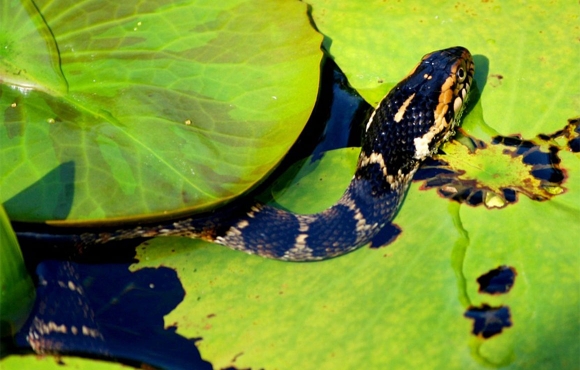
The grass-snake
The grass-snakes are considered non-venomous to humans. Nevertheless, some have venom hooks, but much less powerful than other venomous snakes
To recognize a grass-snake of a viper, there is an easy way: the grass-snake has an oval head with large scales while the viper, a triangular and flattened head with small scales. The first live near streams and the second in drier environments.
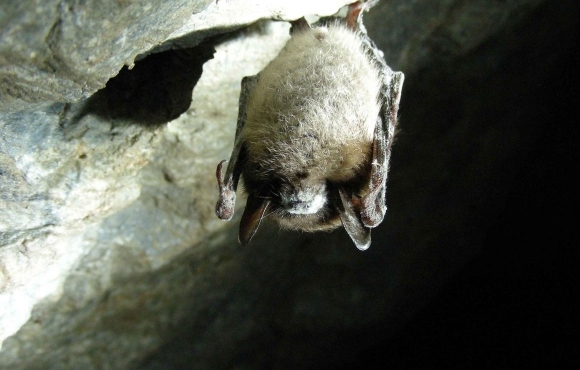
The bat
Along the Siagne are numerous cavities and caves. The bats declare domicile where they find the freshness and darkness they seek. 12 species have been identified in the territory.

